Vegan Korean Fried Jackfruit Recipe
5.0
(1)
Your folders
Your folders
Servings: 4
Cost: $20.52 /serving
Author : Cooks&Co

Ingredients
Export 23 ingredients for grocery delivery
Instructions
Drain and rinse the jackfruit in a sieve. Trim off any very tough pieces (usually the pointed end of each piece) and remove any seeds; discard both. Gently pull each piece apart a little to reveal some shreds, but try not to divide the pieces as they are already quite small. Whisk together the plant-based milk and vinegar in a medium mixing bowl, leave to thicken for 1 minute, then whisk in 2 tsp of the garlic granules and 1/2 tsp of the white pepper. Add the jackfruit pieces, making sure they are all covered in the marinade and set aside for 30-60 minutes. This helps draw out the brine and season the jackfruit. Meanwhile, in a separate medium mixing bowl, whisk together the plain flour, cornflour, baking powder, paprika, chilli flakes, celery salt and remaining 1 tsp garlic granules and 1/2 tsp white pepper. To prepare the salad and dressing, trim both ends of the spring onions, cut into thirds, then slice each length into thin strips. Transfer to a bowl of ice water for 10 minutes to crisp up and remove some of the sharp onion flavour, then spin dry in a salad spinner or shake off the water in a sieve/colander. Cut the lettuce into bite-sized pieces. In a small bowl, whisk together the soy sauce or gochujang, rice vinegar, brown sugar and 1 tsp water. Wait until just before serving to mix the dressing with the salad. Prepare the rice according to the packet instructions or using the absorption method with 475ml water water for 300g jasmine rice. To make the sauce, heat the sesame oil in a large frying pan over low-medium heat, add the garlic and ginger and cook for 2-3 minutes, stirring constantly. Add the gochujang paste, ketchup, sugar, vinegar and 1 tbsp water, stir to thoroughly combine and cook for 2 more minutes to bring the flavours together. Keep warm over very low heat while you prepare the jackfruit. Remove 1 piece of jackfruit from the marinade, shake off any excess liquid, then add to the flour mix and toss to coat. Repeat with the rest of the jackfruit pieces, tossing and shaking the bowl so all the pieces are fully coated in the seasoned flour. Remove each piece to a plate, shaking off any excess flour. Cover a baking tray with kitchen paper to absorb excess oil and preheat the oven to 160℃ fan o keep the jackfruit warm as you fry in batches. Pour the sunflower oil into a large, deep saucepan and heat over high heat on a large hob ring. When the oil is 160℃-180℃, carefully add 1/3 of the floured jackfruit pieces, adding them one at a time. You will need to fry the pieces in 3 batches to avoid overcrowding the pan and dropping the oil temperature too much. Fry each batch for about 5 minutes until crisp and lightly golden, turning the pieces occasionally with a heatproof strainer so they cook evenly and don’t stick. When the first batch is done, transfer to the paper-covered baking tray and keep warm in the oven as you fry the rest. When all the jackfruit is cooked, add to the pan with the spicy sauce and stir gently with a wooden spoon to coat. Garnish with the spring onions and sesame seeds and serve immediately with the rice and dressed salad. Storage & Reheating Make-ahead : The fried jackfruit is not suitable for making ahead as it will soften, but the sauce can be made up to 3 days in advance and stored in the fridge in an airtight container. Reheat in a frying pan over low-medium heat before adding the fried jackfruit. Leftovers : Transfer leftover jackfruit and rice to an airtight container and store in the fridge for up to 3 days. Not suitable for freezing. Reheat in the oven at 160℃ fan for 10-15 minutes until piping hot all the way through. The salad will start to wilt when the dressing is added, so is not suitable for storage. Tip If you don’t have a thermometer to check the temperature of the frying oil, put a piece of uncooked popcorn in the oil as you start to heat it – it will pop when the oil reaches 175℃. If you don’t have any popcorn, you can heat the oil, then dip in the end of a wooden spoon to check the temperature – if the oil starts bubbling around the wood, the oil is hot enough to fry (very vigorous bubbling means it’s too hot).
Top similar recipes
Curated for youYour folders

 814 views
814 viewsKorean Fried Cauliflower (Vegan) Re...
seriouseats.com
5.0
(2)
Your folders
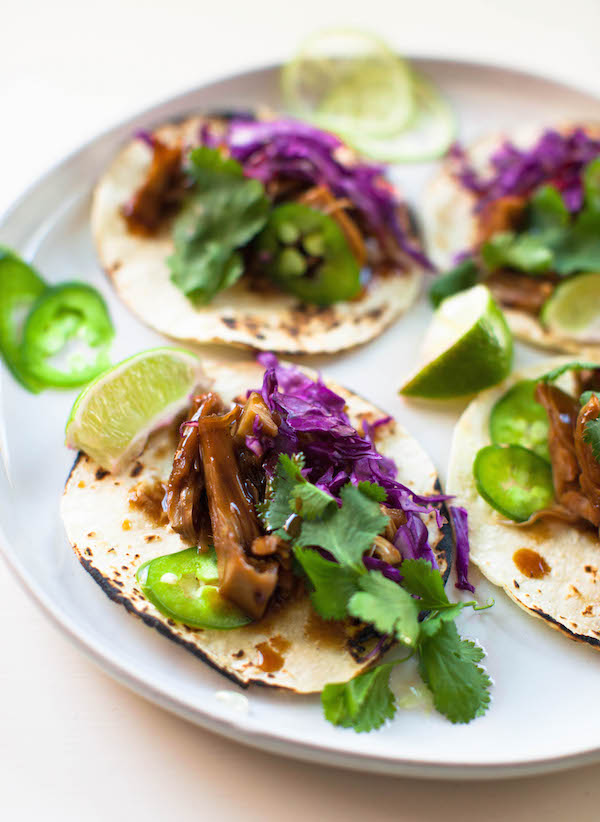
 154 views
154 viewsKOREAN BBQ JACKFRUIT TACOS | 15 Min...
sweetpotatosoul.com
5.0
(1)
10 minutes
Your folders
 392 views
392 viewsKOREAN BBQ JACKFRUIT TACOS | 15 Min...
sweetpotatosoul.com
Your folders

 252 views
252 viewsJackfruit Vegan Tacos
allrecipes.com
5.0
(4)
3 minutes
Your folders

 190 views
190 viewsVegan Jackfruit Pernil
frommybowl.com
30 minutes
Your folders
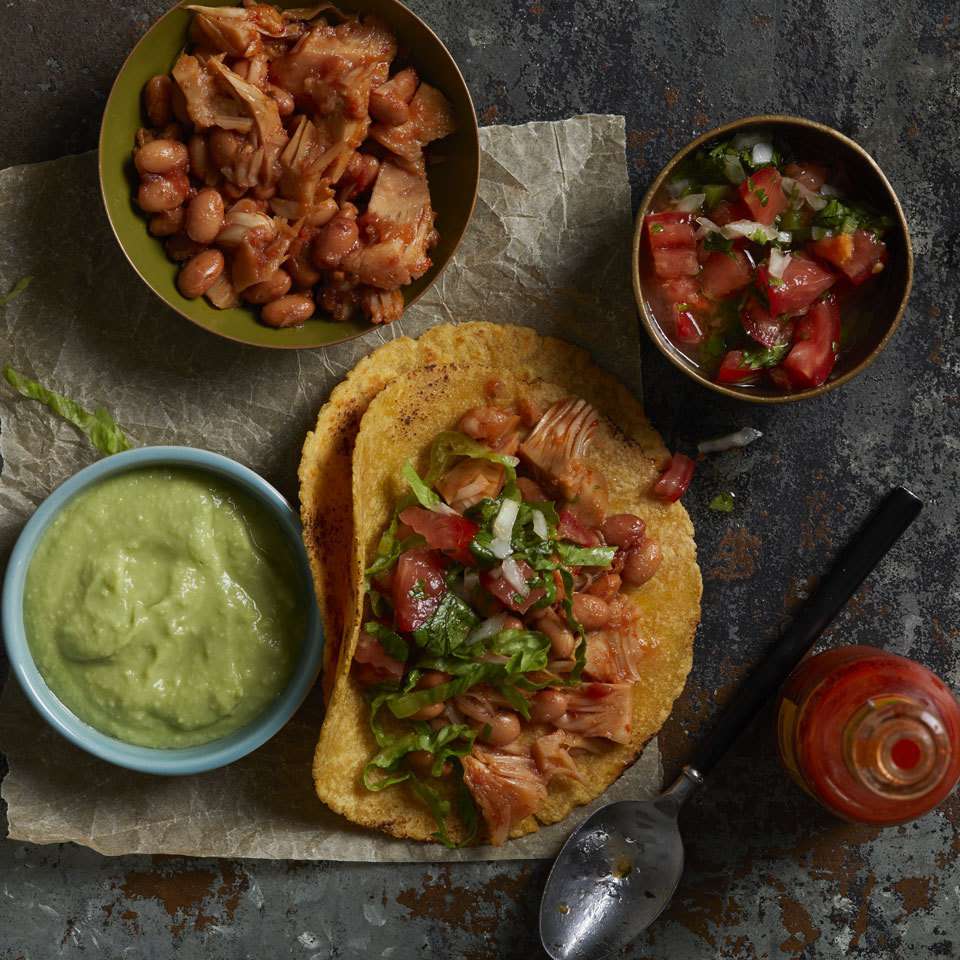
 277 views
277 viewsVegan Jackfruit Tacos
eatingwell.com
Your folders
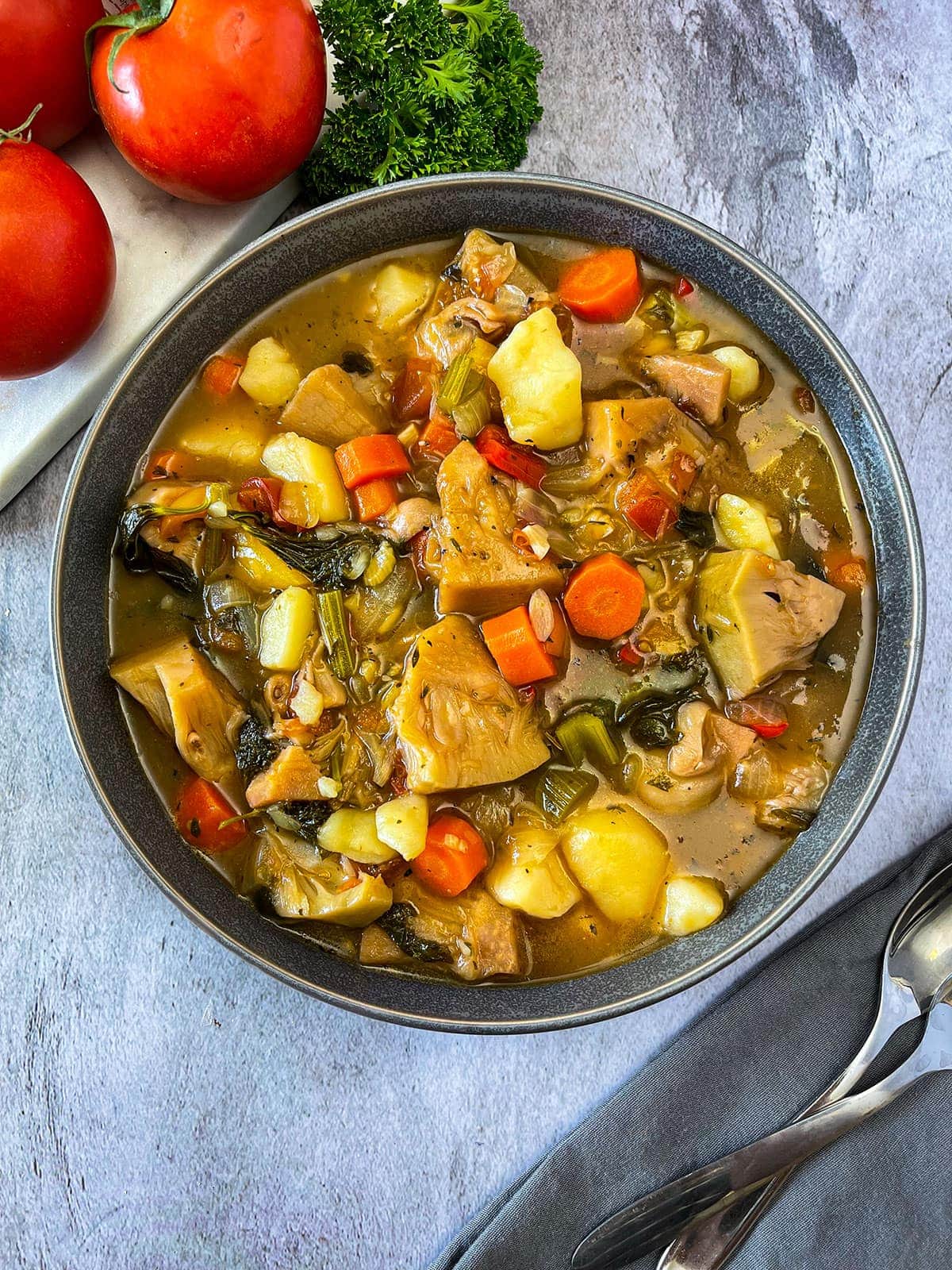
 132 views
132 viewsVegan Jackfruit Stew
healthiersteps.com
5.0
(15)
17 minutes
Your folders
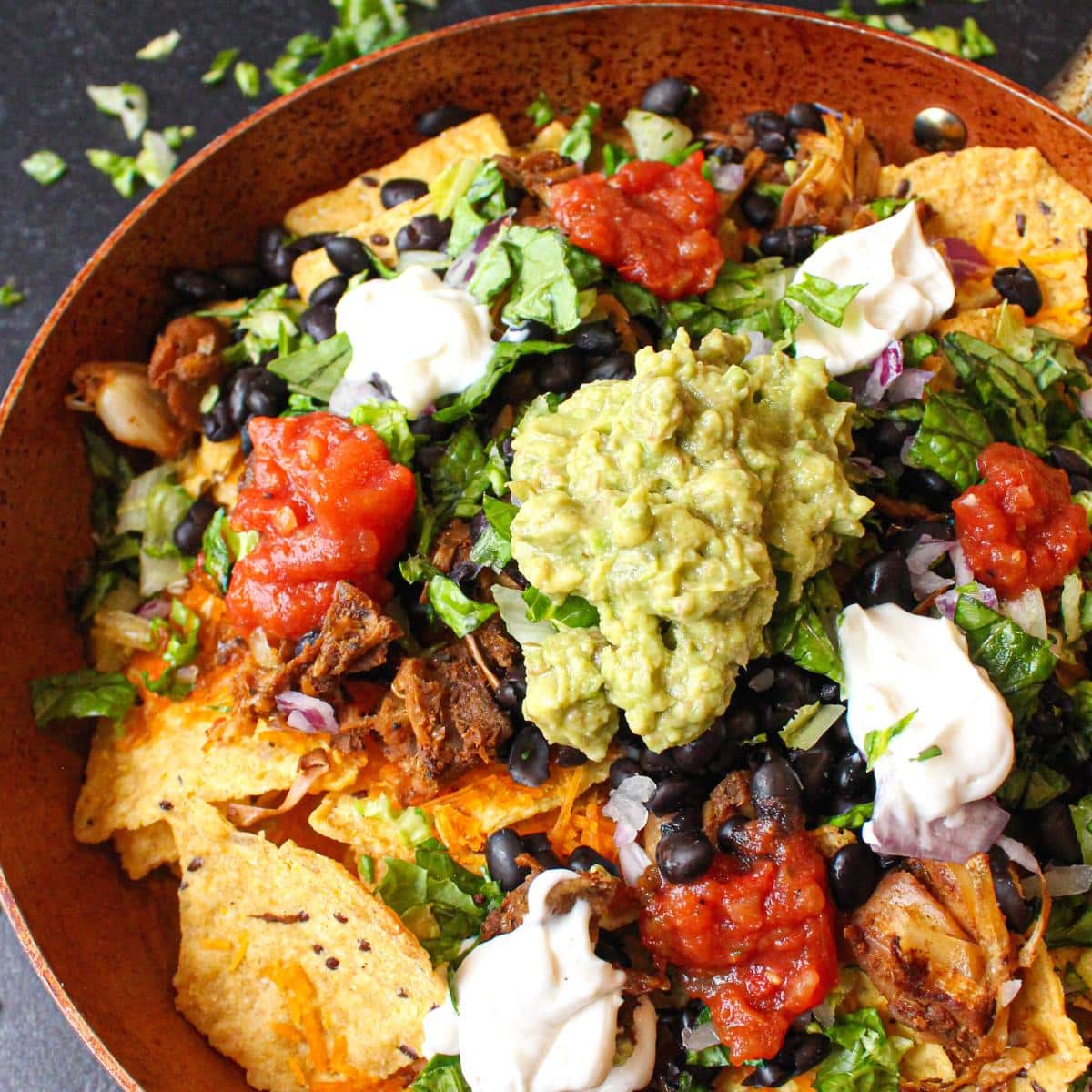
 116 views
116 viewsVegan Jackfruit Nachos
damntastyvegan.com
5.0
(4)
20 minutes
Your folders

 125 views
125 viewsVegan Jackfruit Carnitas
veganfoodandliving.com
5.0
(1)
10 minutes
Your folders
 95 views
95 viewsVegan Jackfruit Stew
healthiersteps.com
Your folders
 84 views
84 viewsVegan Jackfruit Nachos
damntastyvegan.com
Your folders
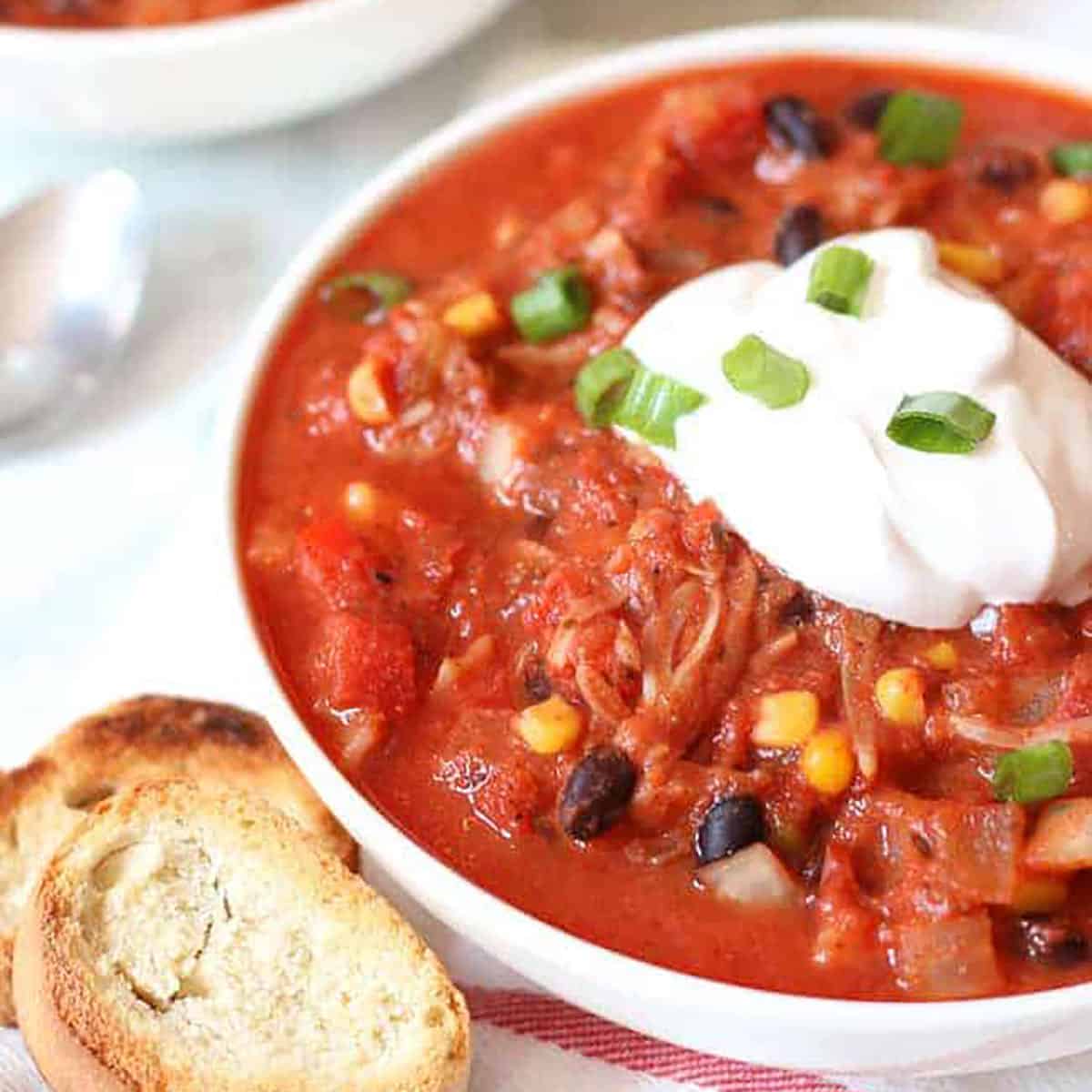
 118 views
118 viewsVegan Jackfruit Chili
vnutritionandwellness.com
4.8
(16)
150 minutes
Your folders
 71 views
71 viewsVegan Jackfruit Chili
vnutritionandwellness.com
Your folders

 448 views
448 viewsVegan Korean Fried Chicken Sandwich
chejorge.com
4.8
(13)
15 minutes
Your folders

 245 views
245 viewsVegan Korean "Fried" Tofu Tacos
rabbitandwolves.com
5.0
(6)
30 minutes
Your folders

 320 views
320 viewsAir-Fried Jackfruit Nuggets
allrecipes.com
15 minutes
Your folders
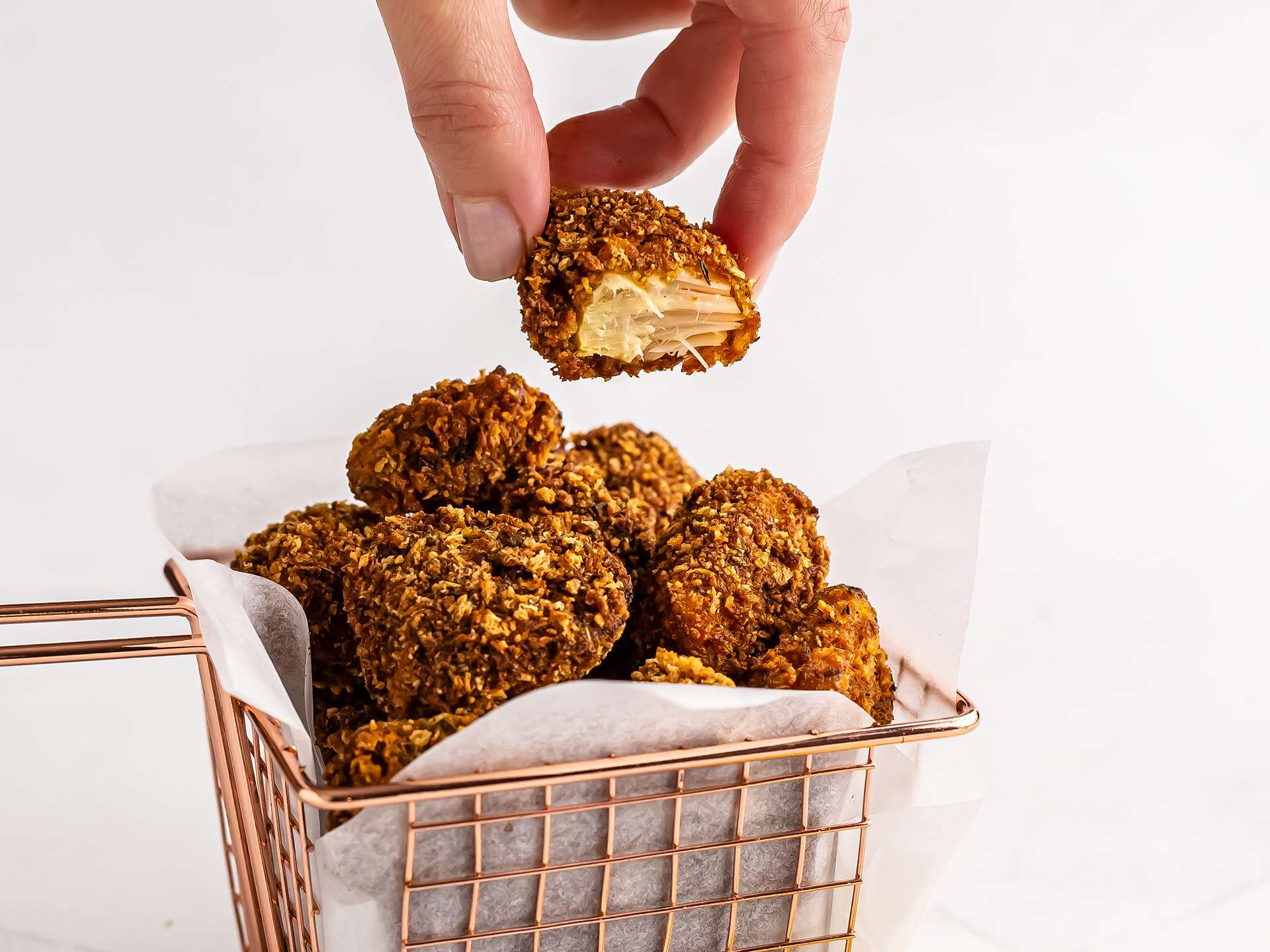
 342 views
342 viewsFried Jackfruit Cajun Nuggets
foodaciously.com
Your folders

 277 views
277 viewsEasy Vegan Jackfruit Tacos
itdoesnttastelikechicken.com
4.9
(35)
Your folders
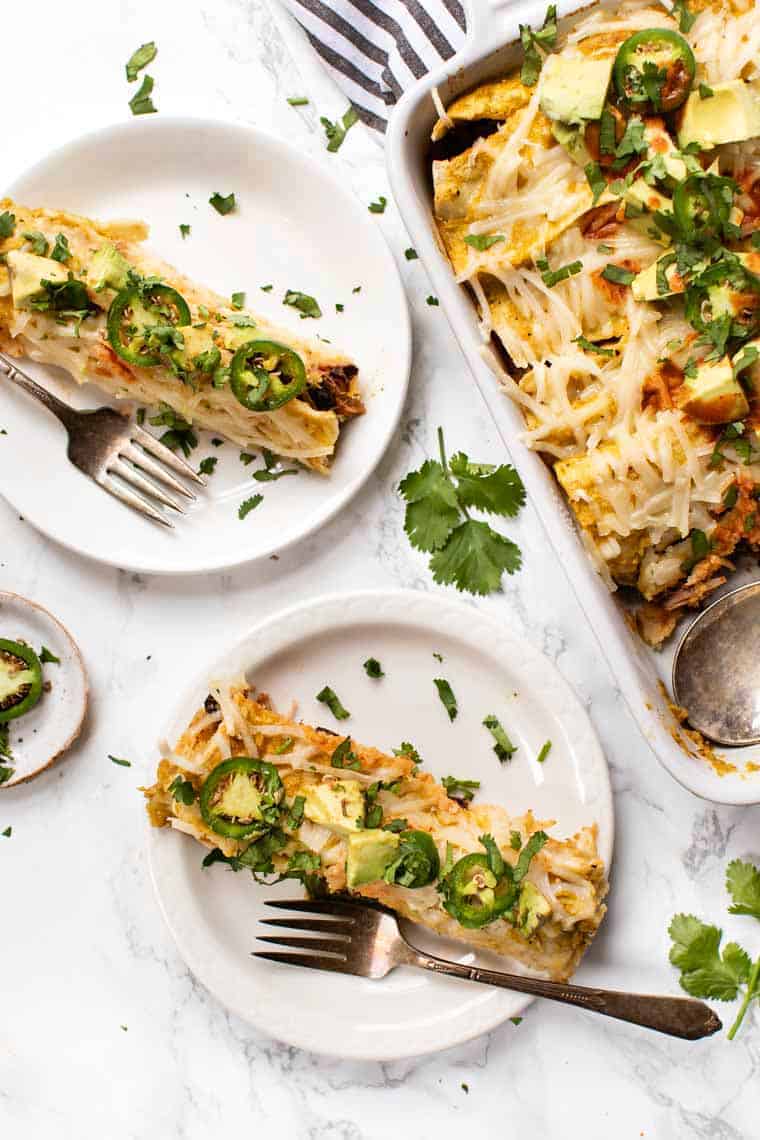
 699 views
699 viewsVegan Jackfruit Enchiladas Verde
simplyquinoa.com
4.9
(9)
40 minutes